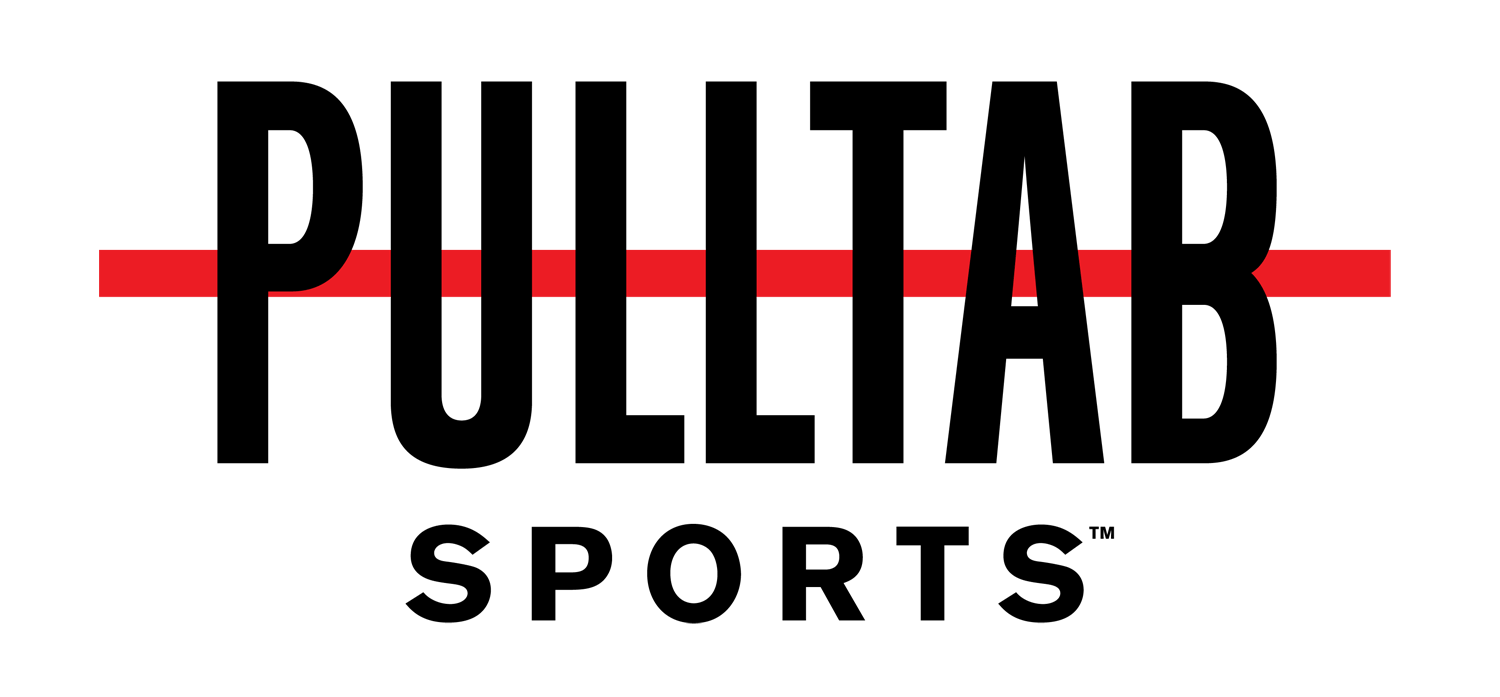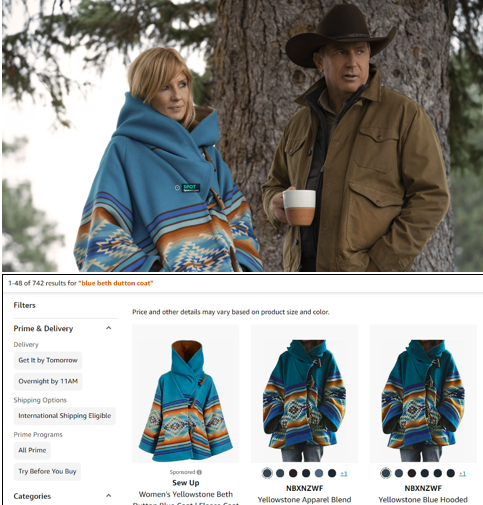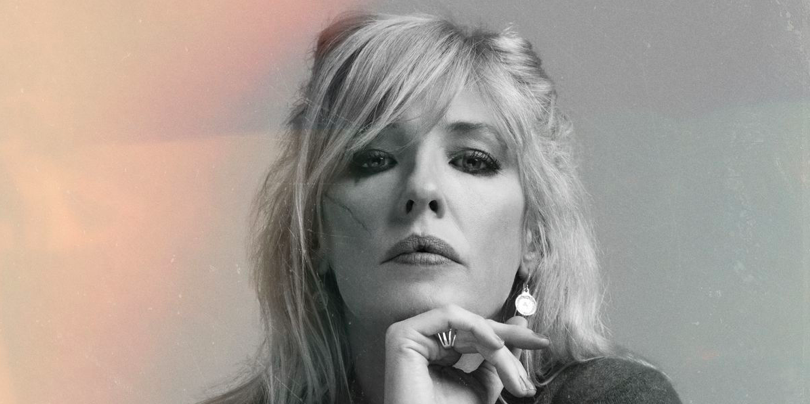Back in the Saddle: Taylor Sheridan’s Mission to Save the American West.
Nearly 14 million Yellowstone fans tuned in last November for the long-awaited Season 4 premiere. We had one question in mind – who would live to tell the tale? A murderous rampage of potentially all key players; season 3’s finale was the harshest of sucker punches, made worse by news we weren’t even privy to at the time: production of season 4, and all its liberating answers, would be held up in pandemic pandemonium.
For over a year we speculated on who’d died, and who’d done it. We mindlessly bailed whatever hay filled the gaps of our largely suburban lifestyles as we rewatched Season 3, if not the entire series. And sure, with Chris Stapleton playing in the background, a few of us incorporated chaps and cowboy hats in the bedroom. We’re only human. The reality is no matter where you come from, once you awaken the whisky sipping, chaw spit’n, yes ma’am, no ma’am culture that is Yellowstone, there’s not much else to fill the void.
Fans were thrown from their broncos when the June 2021 release date came and went with no show. Tormenting teaser trailers to season four’s premiere did little to help. Much like a Friday in your 40’s, they promised so much, yet delivered so little. So, we endured another six months in the show hole, speculating on which of the Dutton Family Favorites was done for. We blathered to anyone who would listen about who the mastermind to Season 3’s land-clearing finale could be.
And then the premiere. Did a year’s worth of “Did They Die” Dutton anxiety prepare us for the first 15 minutes of Season 4? No. It did not. I’ve never held my breath longer or welcomed a commercial more. Like fools, we thought our nerves could be settled if we just knew the outcome. We were so wrong. Yeah, we got our answers. But we were so juiced up it felt more like treating an ulcer with cocaine.
What I learned is that despite a four-season commitment to Yellowstone, I had only dipped my toe into a world I am becoming obsessed with. This didn’t happen by accident.
When it all boils down, I’m not sure I wanted to like Taylor Sheridan. His creations, yes, but the toothy cowboy Travis (played by Sheridan himself) who regularly picks on Jimmy didn’t do it for me. You soon grow up and realize first, that’s what they call acting. More importantly, you realize that when you love the creation, you can’t resist the urge to learn more about the creator. So down the rabbit hole I went.
He may not be the best cowboy,
but he’s the best cowboy in the Writers Guild.
The fantasy of the west has been explored in a variety of ways, but when told through the eyes of Taylor Sheridan and his overwhelmingly feral cast of characters, you’re bound to understand his passion for the modern-day American frontier.
Sheridan grew up in a central west Texas town of 250 people. There was a church, some bars, and sprawling plains of land. He grew up on a ranch and through his storytelling, each memory from childhood takes audiences on an organic experience. He doesn’t tell you about the dry, dusty air, yet you feel it in your hair and teeth.
After flunking out of Texas State University, Sheridan worked odd jobs in Austin. That’s when a talent scout spotted him. For the next two decades he made ends meet as a reliable (but not entirely outstanding) actor, popping up on shows such as Party of Five and NYPD Blue. Somewhere amid renegotiating his contract in Sons of Anarchy, his most predictable income thus far, Sheridan made the abrupt decision to transition from acting to writing. Being involved in a steady show helped him realize he was a storyteller, and at the age of 40, Sheridan got to work on his first-ever script: Sicario, which went on to be nominated for a Writers Guild Award for best original screenplay.
The benefit of Sheridan’s time as an actor is deflecting glib dialogue and avoiding what he feels are unnecessary, or tired storytelling formulas. His ultimate goal as a screenwriter is to trust the intellect of his audience. He gives us the facts and lets the story unfold without that constant need for explanation.
Turns out telling stories about life in the middle of nowhere resonates with a vast, but vastly ignored, demographic of those in flyover states who are excited to see stories about themselves. When network leaders began paying attention to the evolution of Yellowstone’s success, they tracked its original audience back to places like Missoula, Montana and Albany, Georgia. Word eventually spread to those in the big cities, but the fact remains that Yellowstone is a grassroots sensation.
A Way of Life Worth Saving.
Westerns have long been a highly revered form of entertainment. The Rifleman was a rancher admired for his Winchester and Clint Eastwood was a busy guy. It was a thrilling genre which embraced America’s growing pains during the expansion of the frontier known simply as the Wild West. No rules. Just fear of retribution by those wielding an entitled or hard-fought justification all their own. Few eras offered a more dramatic stage in which to tell a story.
As time wore on, however, we saw more about life in the big city. New York and Los Angeles writers chronicled stories through the lens of an urban lifestyle that was highly coveted as a sexier alternative to livestock or dirt roads. Love was found at the top of the Empire State Building and tragedy was discovered in the Hollywood Hills.
As a Texan, Sheridan admits to feeling something like a square peg in round hole during his time in Hollywood. He read the scripts and played the parts, spending two hours in traffic to get here and there. When it occurred to Sheridan that he was in fact a storyteller, he knew he had to tell stories about what he understood in a landscape he recognized. As a result, we’ve enjoyed everything from Hell or High Water to Wind River.
It’s not just about the entertainment. With the right storyteller in the saddle, we can be driven to a place or time of great significance. As Sheridan himself notes, “the great thing about film is that all social change begins with the arts, it’s how we learn to understand what other people are experiencing without having the experience.” Whether a story is on the right or wrong side of history, we can at least observe the how and why. “To do your job properly as a storyteller is to tell the story with no judgement.”
It’s not just about the stories. Sheridan also reminds us that the jobs in the American West haven’t changed much over the past century. “Getting food on the table involves a horse, a rider, and working with your hands.” He reminds us that for ranchers or farmers, their job is absolutely their way of life. Many of us on the outskirts of that lifestyle don’t understand its critical importance and therefore take much for granted.
Thanks to Sheridan’s syndicated creations, the ranching and farming way of life is not only celebrated, but financially supported as the industries surrounding it are put into our thoughts and deeds. Think back to your weekly Yellowstone fix; what ad were you listening to when you got up to let the dog out? It was likely Tractor Supply Company’s reassuring tagline “Back to Simpler Times,” reminding us that it’s been a neighbor to those raising cattle and corn since 1938. Maybe your last visit to the liquor store found you ignoring Sauvignon Blanc in favor of Ranch Water Seltzers, simply because the sensual Ryan Bingham (a.k.a. Walker) and his equally stimulating voice asked you to “Follow it West.”
The Good, the Bad & the Ugly.
In the end, I think we can all agree that if you aren’t one of Sheridan’s characters, you’re collateral damage. Every single one leaves us speechless, horrified and inspired. Loyal fans of Yellowstone will understand. Think back to season one: Beth was an unpredictable bitch, but by the end, you were involuntarily calling people “buddy.” After season two you created drama at most meals, and by season three you were scanning Amazon for her iconic blue poncho.
Sheridan admits that his characters are drawn from those he’s encountered in real life, and I couldn’t decide if that fact was terrifying or delicious. By today’s standards, many of us flee – or rather, ghost – the complicated and messy. We claim to be champions for the underdog, but only if they’re victims. If I’ve learned one thing, it’s that Sheridan’s characters are a stunning example of what happens when you mistake victimized people for victims. Victimized people don’t always lay down and die. No matter how dire the circumstance, or how shitty the behavior of themselves or those around them, they pull themselves up and rally. People can be real dicks. Sarcastic, manipulative, and cruel. But what happens after we’ve canceled them? Can they reform? Is it even possible for these people to come out on the other end redeemable without our thoughts-and-prayers? How can our egos handle not being a part of their victory lap?
It has become clear to me that Sheridan’s characters are the best of the worst, and I’m thrilled to know they still exist. Equally organic and man-made, they cause us to get dirty, reassess our own value system and step outside of what’s politically correct in favor of what’s right.
They are the exact type of people we need to see more of in real life.
If you’re a Yellowstone fan who hasn’t done so already,
I implore you to take the full Taylor Sheridan plunge, you’ll be happy you did:
Sicario (2015)
Hell or High Water (2016)
Wind River (2017)
Sicario: Day of the Soldado (2018)
The Last Cowboy TV (2019)
Without Remorse (2021)
Those Who Wish Me Dead (2021)
Yellowstone TV (2018-Present)
1883: Yellowstone Prequel TV (2021)
Mayor of Kingstown TV (2021)








